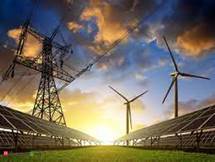Free Courses Sale ends Soon, Get It Now


Free Courses Sale ends Soon, Get It Now



Copyright infringement not intended
Context:
Details:
The salient features of the Rules are as under:
India at COP 26:
India at COP 21:
https://www.pib.gov.in/PressReleasePage.aspx?PRID=1831832
© 2024 iasgyan. All right reserved